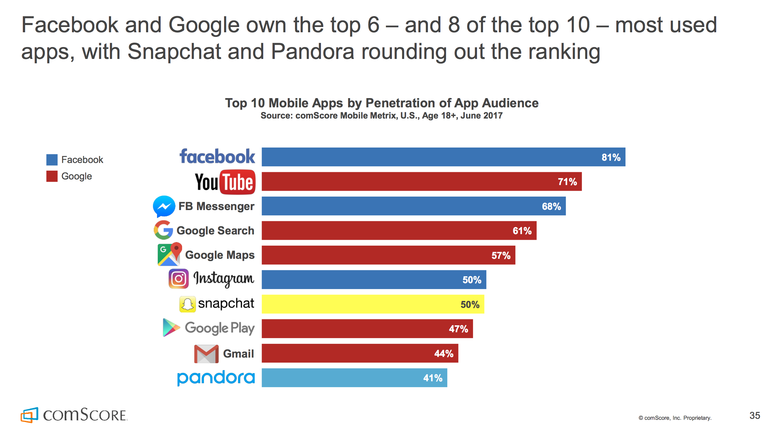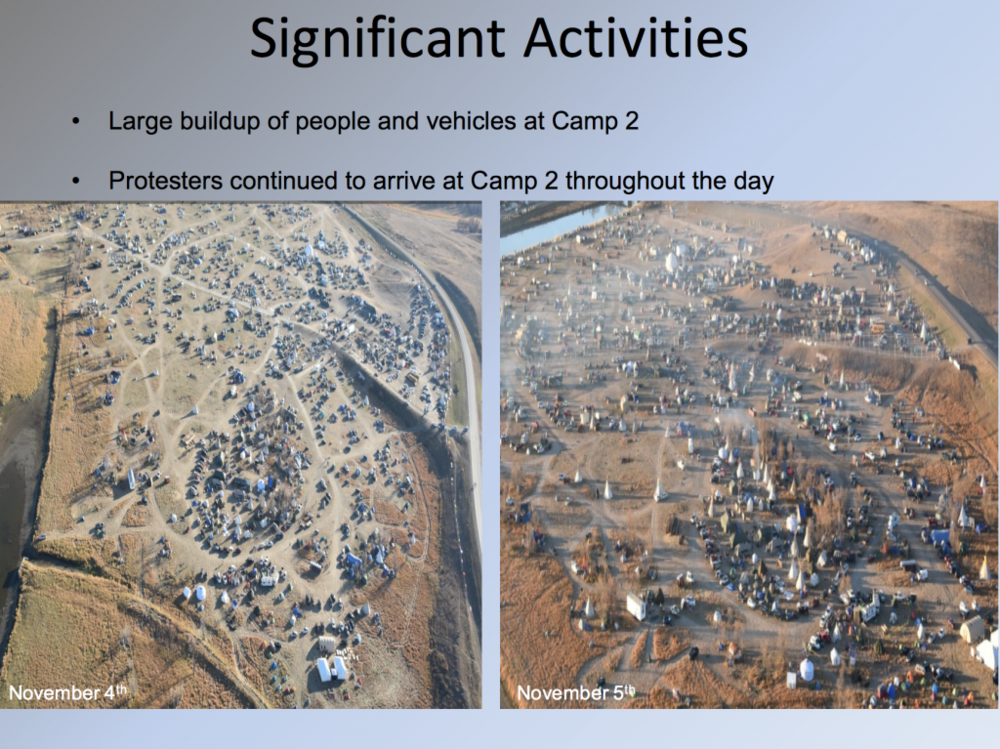TikTok: Rampant product placement
In the world of TikTok, brands have the opportunity to get products out into the real world – or make stories of them already being out there. The platform turns placement into consumption as consumers participate – or play – with the products. Product placement on the platform could come from just giving products out to creators, or partnering with them, as is done on other platforms. However, it could also come from amplifying organic content or trends that are already happening with a brand’s products … Viewers are the stars. When it comes to distinguishing between viewers and audiences on TikTok, just as with content and ads, the lines are blurred. In fact, many TikTok users are also creators. For these creators, the feed is their stage and this where the opportunity for sponsorship and placement lies for brands.


